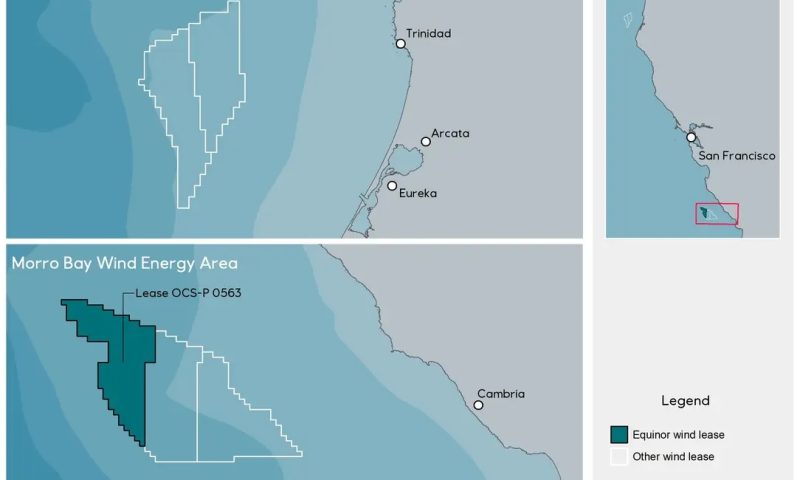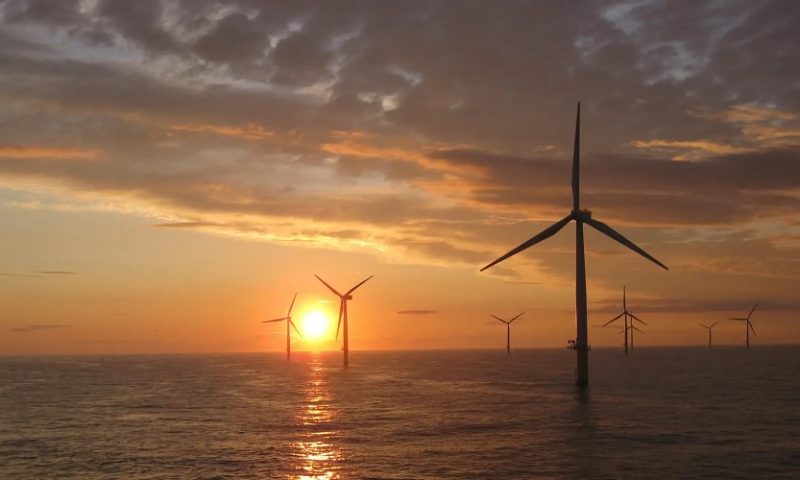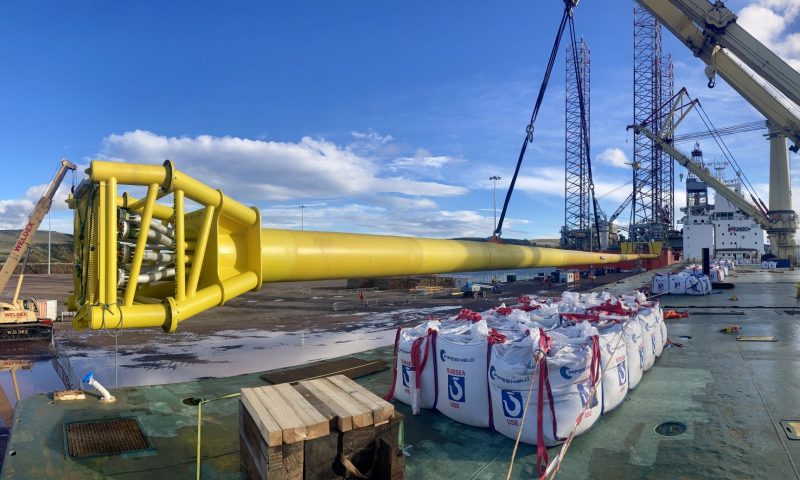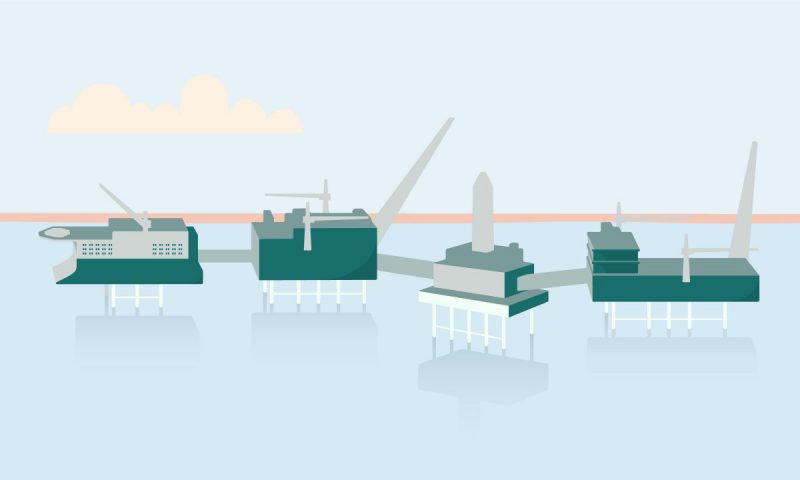
Equinor Files Form 20-F and Presents Annual and Sustainability Reports for 2019
On 20 March Equinor presented its 2019 Annual Report and Form 20-F, and its 2019 Sustainability Report.
“The outbreak of the Corona virus and the sharp drop in oil prices are impacting industries and companies around the world and is expected to impact Equinor for a long time. We are a robust company with a strong balance sheet and we are now really benefiting from the improvement in recent years. Through those efforts, we are better prepared to handle volatile markets and unexpected events,” says Eldar Sætre, President and CEO of Equinor ASA.
In 2019 Equinor proved strong operational capabilities and brought six new fields on stream, including Johan Sverdrup. The major field was put on stream ahead of schedule and below cost.
“We are strengthening our portfolio to underpin a competitive and resilient business model fit for long term value creation, and in line with the Paris Agreement,” writes Sætre, in his letter to fellow shareholders.
Total equity production ended at 2.074 million barrels of oil equivalent per day.
2019 saw a decrease in prices and lower margins for the industry.
In 2019, the cash flow from operations before tax ended at USD 21.8 billion. Equinor delivered a solid result with adjusted earnings of USD 13.5 billion (1) and USD 4.93 billion after tax.
According to IFRS Equinor’s net operating income was UDS 9.30 billion and net income was USD 1.85 billion. The results are impacted by lower prices for gas and liquids, as well as net impairment losses.
Total capital distribution to shareholders increased by 42% to USD 3.78 billion including a 13% increase in cash dividend, and introduction of the share buy-back programme in September 2019.
“2019 was also truly a game-changing year for our renewables business. We made the investment decision for Hywind Tampen in Norway and won the opportunities to develop Empire Wind offshore New York and Dogger Bank in the UK, the world’s largest offshore wind development,” writes Sætre.
Equinor is developing as a global offshore wind major with projects under development adding 2.8 gigawatts of renewables electricity capacity. In 2026 the production capacity is expected to be 4-6 GW (2), which is around 10 times current capacity.
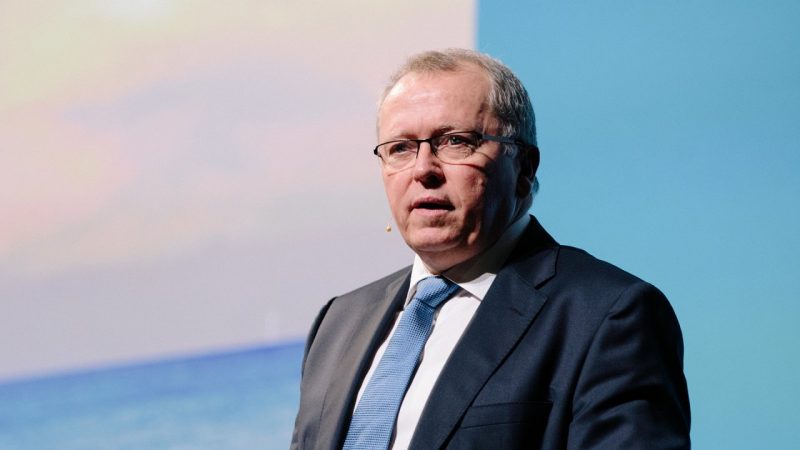
Chief executive Eldar Sætre. (Photo: Ole Jørgen Bratland / Equinor ASA)
Organic capex for 2019 was USD 10 billion (3), around USD 1 billion below the original guiding, achieved through strong project deliveries and capital discipline. Equinor completed 42 exploration wells in 2019.
For the full year, total recordable injuries frequency came in at 2.5, an improvement from 2.8 in the previous year. The serious incident frequency ended at 0.6, up from 0.5.
“We need to continue our relentless efforts to avoid serious incidents and further reduce personal injuries,” Sætre says in the letter.
Clear ambitions and improving on sustainability
The 2019 Sustainability Report offers an overview of how Equinor follows up its ambitious sustainability agenda and performance. Sustainability is embedded in Equinor’s strategy, and the company is taking actions to develop the business guided by the United Nations’ Sustainable Development Goals. The commitment to long-term sustainable value creation is in line with the principles of the United Nations’ Global Compact.
Equinor recently launched a new climate roadmap and set bold ambitions, both short term and beyond 2030. The aim is to achieve carbon neutral operations globally by 2030 and to reduce net carbon intensity of energy produced by at least 50% by 2050.
“Our efforts do not stop at curtailing our own emissions. We take an active role in helping society to accelerate decarbonisation through close collaboration with industry players, customers, and governments,” Sætre continues.
Equinor is working on several collaborative projects aiming at building an international market and value chains for CCUS and hydrogen.
In 2019 Equinor delivered 303,000 tonnes of CO2 emission reduction, mainly due to many energy efficiency projects. The average CO2 intensity of Equinor’s operated portfolio is 9.5 kg per barrel, with an ambition of 8 kg per barrel moved from 2030 to 2025.
Equinor produced 1.8 TWh of renewable energy in 2019, an increase from 1.3 TWh the year before. 20% of the R&D expenditure was within low carbon R&D.
Since 2015 Equinor has tested its portfolio against IEA’s energy scenarios in the World Energy Outlook report. To further assess the potential impact of a low oil price scenario, a sensitivity towards a long-term oil price of USD 50/bbl in 2040 has been included. Even in such a scenario, our producing assets continue to generate a positive cash flow, although a few assets will have an earlier economic cut-off.
Equinor support enhanced transparency on climate-related risk, and our disclosure practice is in accordance with the recommendations presented in 2017 by the G20 Task Force on Climate-related Financial Disclosures (TCFD).
In accordance with the New York Stock Exchange Listed Company Manual, Equinor ASA announces that on 20 March 2020 it will file with the Securities and Exchange Commission its 2019 Annual Report on Form 20-F that included audited financial statements for the year ended December 31, 2019.




